The Safety Guide for Electric Bike Riders on the Road
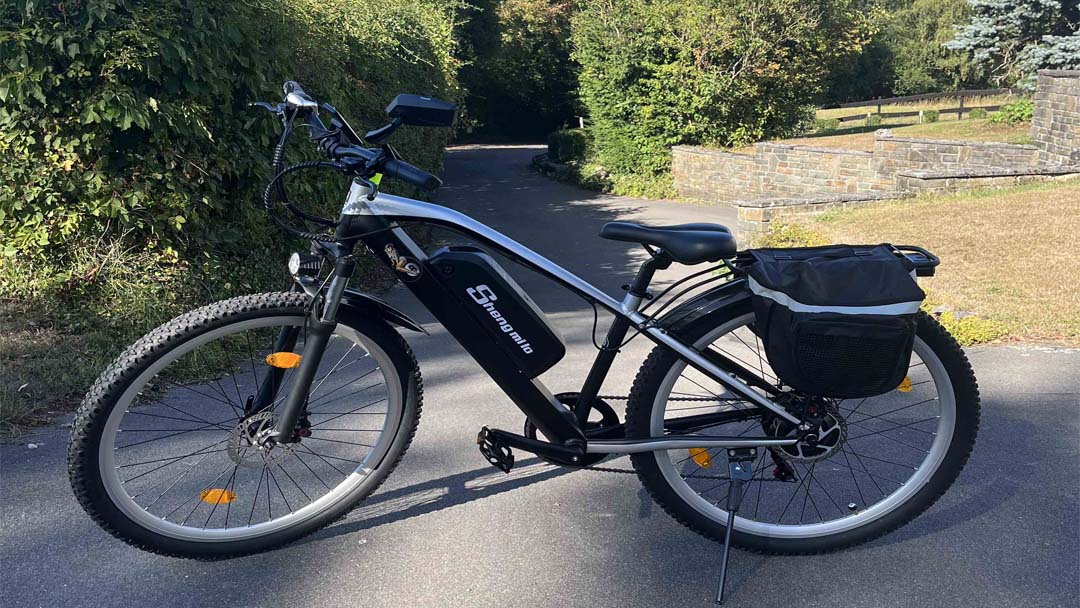
On the road, riding an electric bike is one of the best things you can do for your health. Bicycles have been a popular form of transportation for many years. Bicycles used to be the most common form of rapid intercity transportation. Electric bikes are gaining popularity as a mode of transportation for individuals looking to maintain an active lifestyle and get to their destinations quickly and efficiently.
While riding an e-bike can be fun, it's important to remember to always put safety first. Most safety precautions for e-bikes are the same as for regular bikes; however, e-bike riders need to be vigilant at all times, as accidents do happen. That's why there are so many safe cycling tips to help you navigate traffic and improve your road riding skills.
By keeping these e-bike safety guidelines in mind, you can ride with more confidence, which helps you avoid injuries on the road.
Wear a helmet to protect your head
While this piece of advice about rider safety is common sense, many people still don't follow it. It is reckless to ride an electric bike into the streets without protecting your head. Statistics on bicycle accidents over the years have shown that head injuries and death are more likely in accidents in which the rider is not wearing a helmet. You can beat the winter chill with a traditional bike helmet or a full-face helmet with a removable visor.
For injury prevention and full protection, you must also wear gloves, shoes, and knee and elbow pads.
turn on your light
Most fatal e-bike crashes happen at night. How do you keep yourself safe when the sun goes down? On the front and back of your e-bike, place at least one red and white flashing LED light. Better yet, place multiples of each. Even better is to add a light to the helmet. The spoke lights are also excellent. Anything that improves nighttime visibility will greatly reduce your chances of being hit by a car.
Use the bicycle horn
You should have a bell and horn on your e-bike. Horns can be used to warn cars, while pedestrians can be alerted with bells.
You need a bicycle horn, such as the amazing Shengmilo bicycle horn. These things make a lot of noise. If you often ride in crowded places, you will find that the air horn is essential. When oncoming vehicles are about to merge with you or start to pull out in front of you, use your air horn to warn them.
Keep to the right side of the road, drive smoothly, and do not go against the road.
This sounds obvious, but many people think it's best to drive in reverse so you can see cars coming toward you without them sneaking up and hitting you from behind. However, such bicycle rear-ends accidents are extremely rare compared to all other types of bicycle accidents. A study I read showed that these types of rear-end collisions accounted for only 2% of all bicycle accidents.
Statistically, you are much more likely to be hit by a car that drives down the road and doesn't see you because he didn't check for traffic going the wrong way. Insist on going with traffic rather than against it.
Always drive smoothly on the right side of the road
Some people advocate riding backward to look at the oncoming car to avoid being hit from behind, which is wrong. However, rear-end accidents are extremely rare compared to other types of e-bike accidents. According to research, rear-end collisions like this account for only 2% of all bicycle accidents.
If the driver is going the wrong way and doesn't see you, your chances of being hit are much higher. Instead of fighting traffic, stick in the same direction. Drive to the right as far as possible. Freeways usually don't have bike lanes. Everyone should go to the front of the line to keep everyone as safe as possible. On that stretch of road, if you ride too fast, the gas pedals of other cars could "pull" you into oncoming traffic and cause an accident.
Cycling in the bike lane
If you are riding an e-bike and can keep up with the posted speed limit, stick to the right side. Many city centers and business districts have a speed limit of 25 km/h, which is often much lower during peak hours due to stop-and-go traffic. When riding near cars, instead of sticking to the curb and risking being hit, ride in a lane where everyone can see you.
Additionally, motorists tend to only look for oncoming traffic in the middle of the road, ignoring riders close to the side of the road. It gives you more room to maneuver if you need to do any quick evasive maneuvers and more space between you and the curb.
Keep the vehicle's center of gravity within the lane. On roads without bike lanes, you have to ride as fast as other cars. Normally, you might ride to one side of the road, but in slow, heavy traffic, you'll need to change tactics. Ride in the center of the lane with less traffic. This way, you'll be more visible to other drivers and less likely to be caught between two vehicles.
keep a safe distance
Maintaining a safe distance is the first and most important step a driver, rider, or pedestrian takes when entering traffic. Numerous studies have shown the importance of maintaining a safe distance between vehicles. This buffer zone allows appropriate defense measures to be implemented. In traffic, you must be agile and able to react quickly to unforeseen situations. Failure to maintain a safe distance from other cars, pedestrians, and road obstacles can cause an accident. This emphasizes the importance of maintaining a safe distance when entering traffic. Always maintain a distance of at least four feet from vehicles. When riding, keep a safe distance from sidewalk edges and curbs.
Stay away from blind spots
Large vehicles, such as trucks and buses, can obscure your view when turning. This must be understood to avoid accidents. The best course of action is to keep a safe distance from these large vehicles and avoid turning at the same time. Always ride to the left of the vehicle in front of you so the driver can watch you in the rearview mirror.
Be careful with car doors
The second most common cause of e-bike accidents is an open door. Therefore, extra care needs to be taken when passing parallel-parked vehicles. Hold the left-side position and increase the distance by two feet. Focus on people in the restricted area as you pass. Watch their every move to determine when they are likely to open the door and act accordingly. Check the trunk and backseat of the vehicle.
It prevents that dreaded "door slam" that occurs when the driver of a car parked next to you opens the door before you have a chance to move out of the way. At low speeds, these problems can be annoying and dangerous for e-bikes, but at high speeds, they can be fatal.
touching your eyes
It is also important to remember to always be aware of your surroundings when riding an e-bike. Make direct eye contact with oncoming motorists as you approach an intersection. Most bicycle accidents happen here. Stay alert at all times to make sure drivers always know you're nearby.
There are a lot of collisions involving bicycles and cars at intersections because the rider doesn't realize that the driver isn't seeing him. If you want to make sure the driver sees you, make eye contact with him. It is especially important to warn other drivers when riding a bicycle or e-bike through an intersection.
Beware of drunks
Weekends, especially Friday and Saturday nights, require extra caution. Drunkenness is now at its peak. On sunny Tuesday afternoons and Friday nights, motorists can act recklessly as if there is a bounty hanging over their heads for the first drunken man to kill them.
Here are some helpful and safe cycling tips to make your daily commute easier and more enjoyable. Congestion is a common problem in urban areas, especially during peak hours when everyone is trying to commute. Amid all this commotion, there is the potential for problems. It's not just dry weather that makes these precautions critical; wet weather increases risk.
Although rider crashes are common, you can avoid injury by following these guidelines. Be safe when cycling and always wear a helmet. You may wear gloves and knee pads if required by the event and your attire allows.

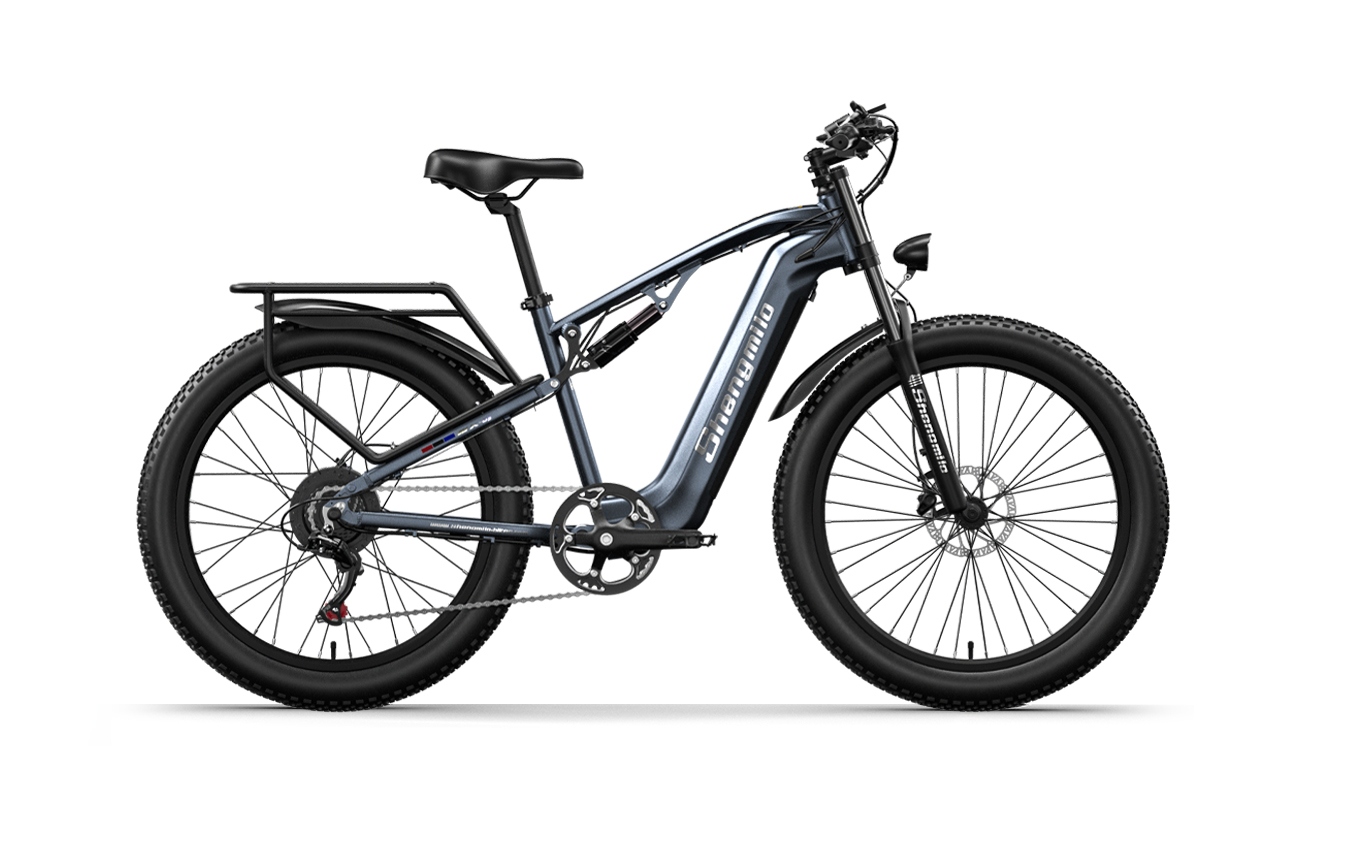
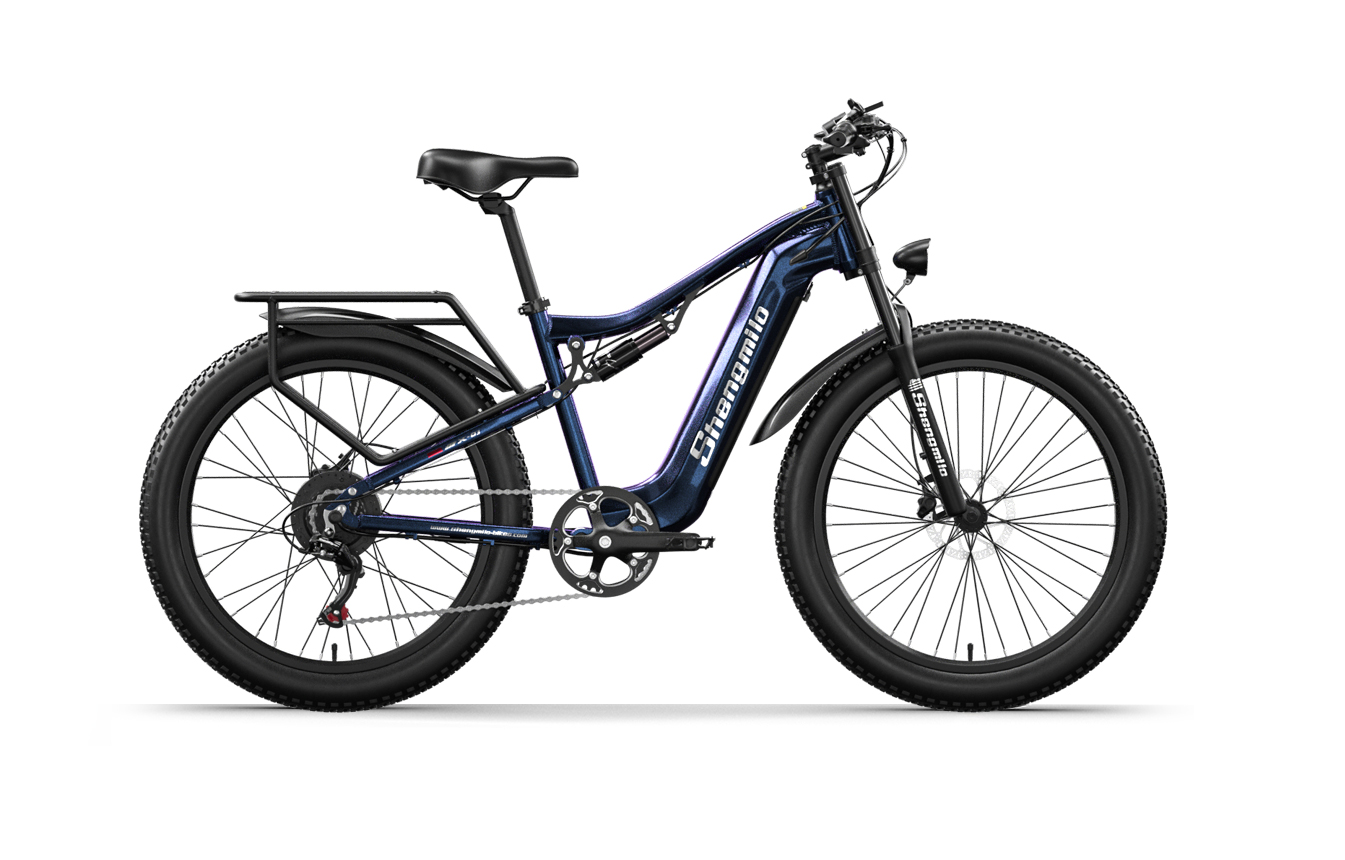
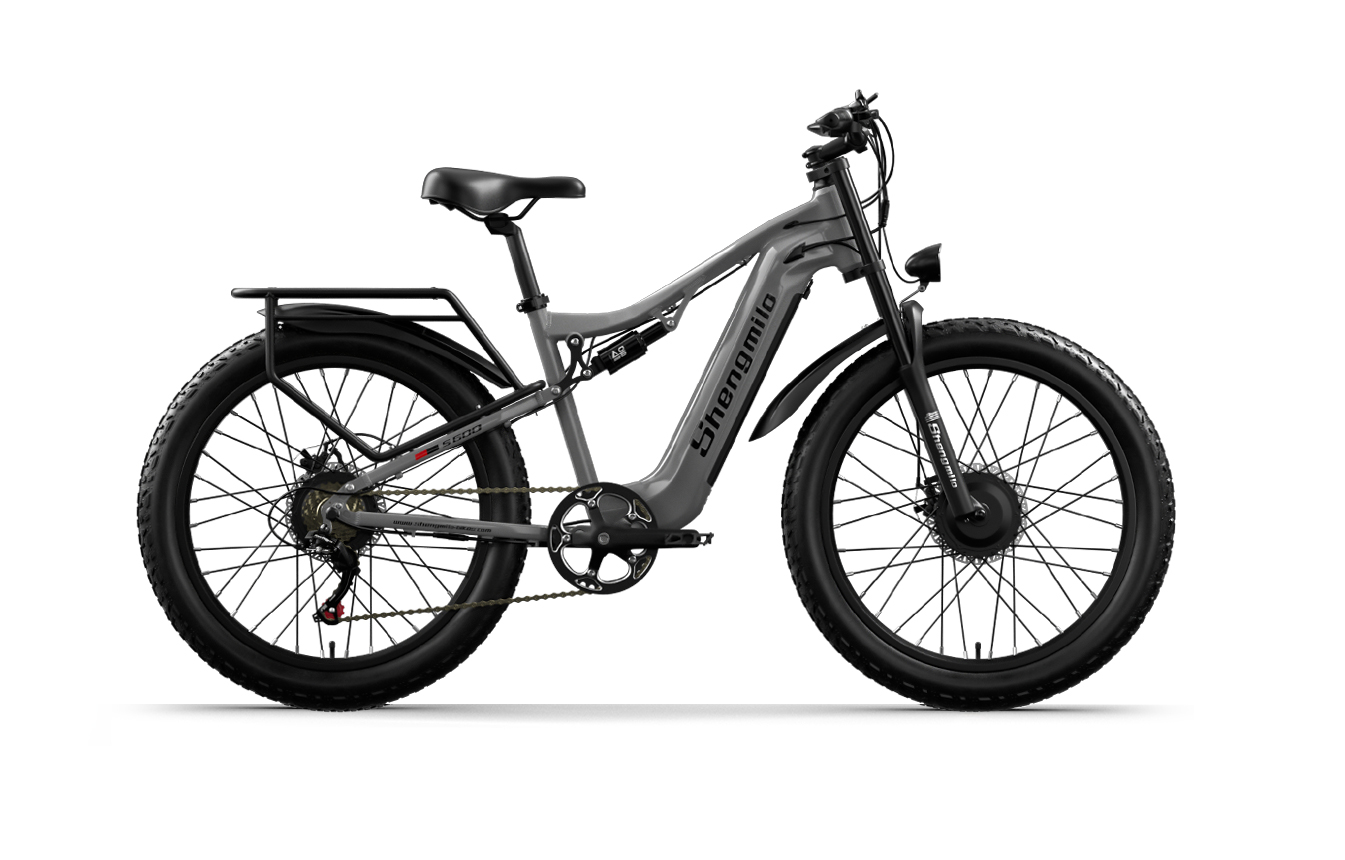
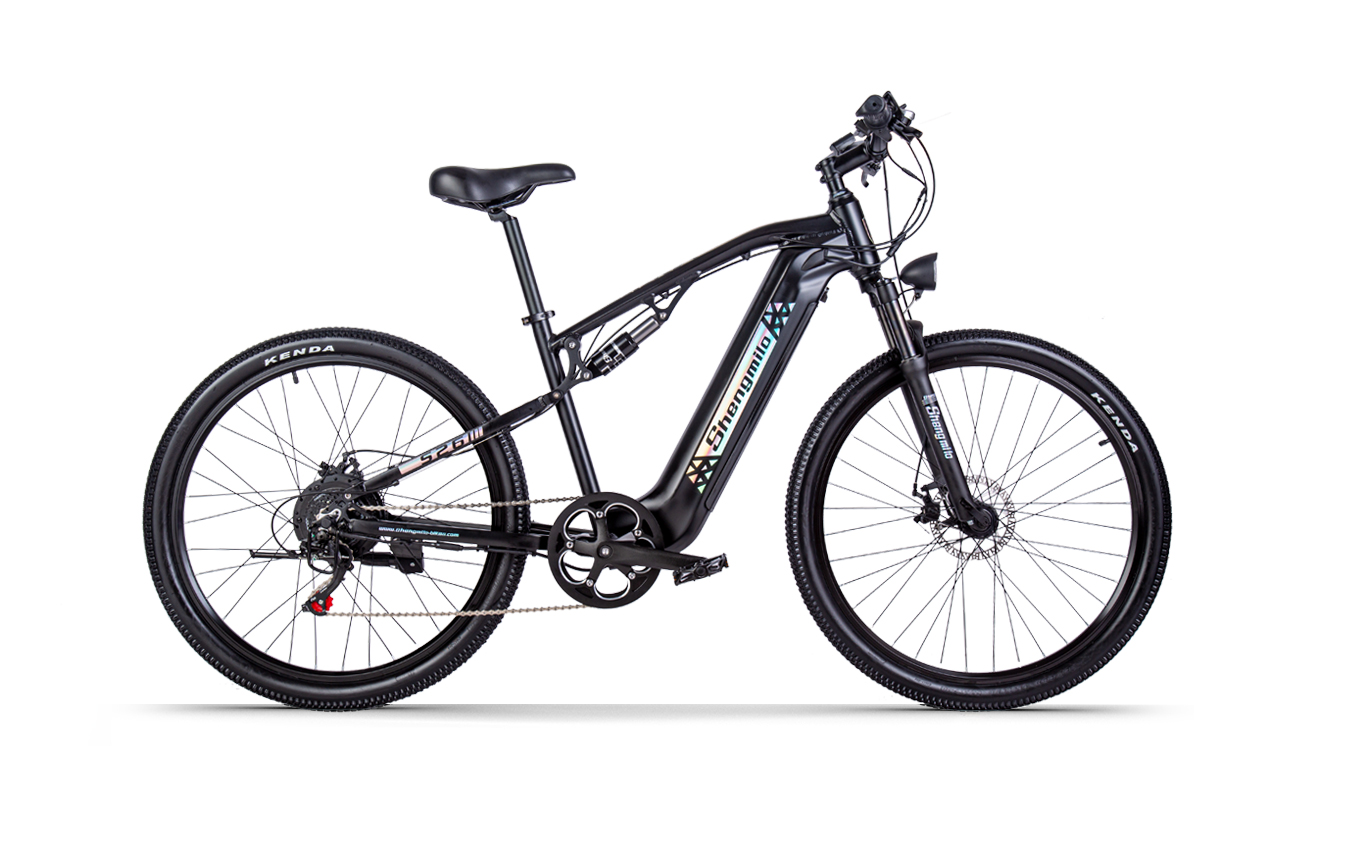
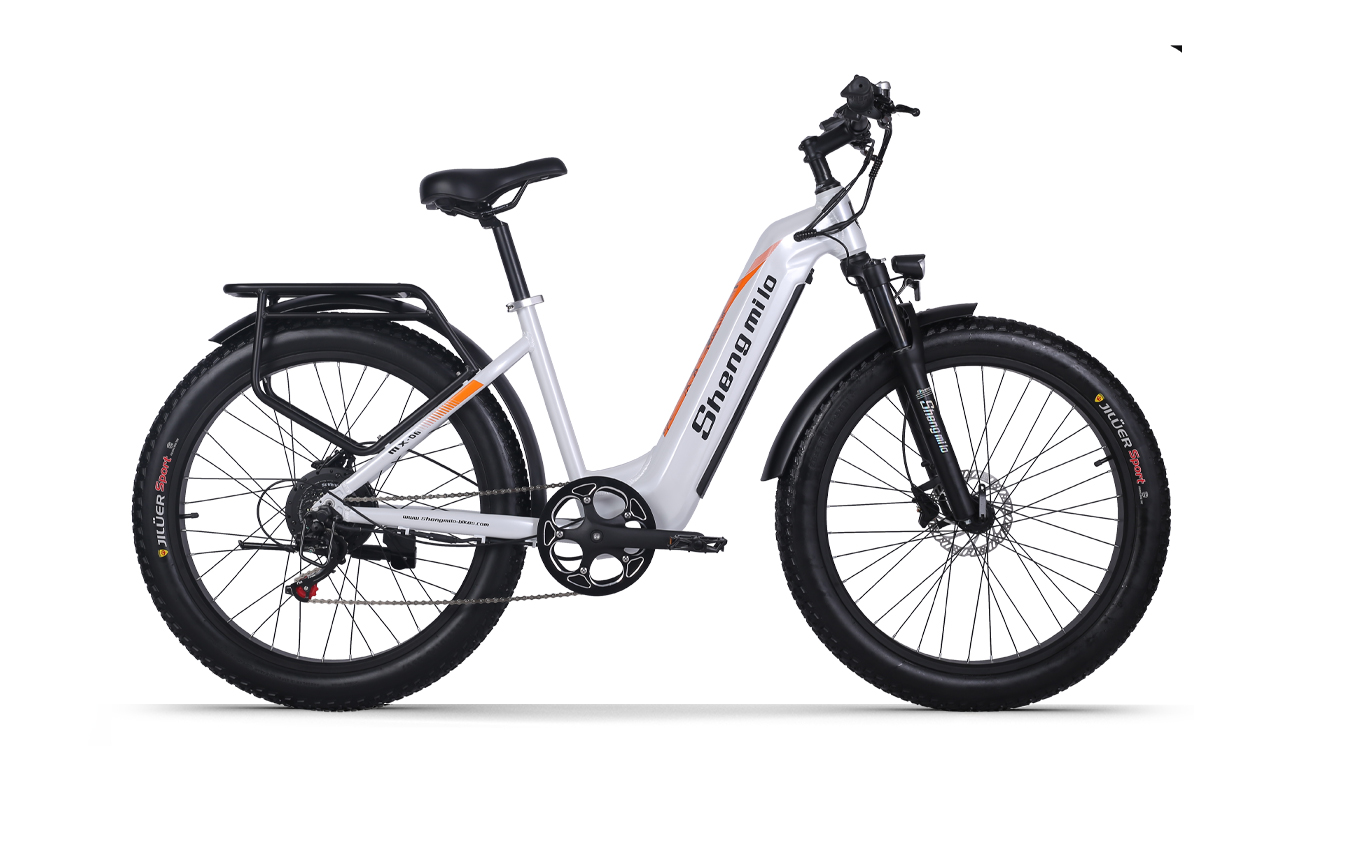
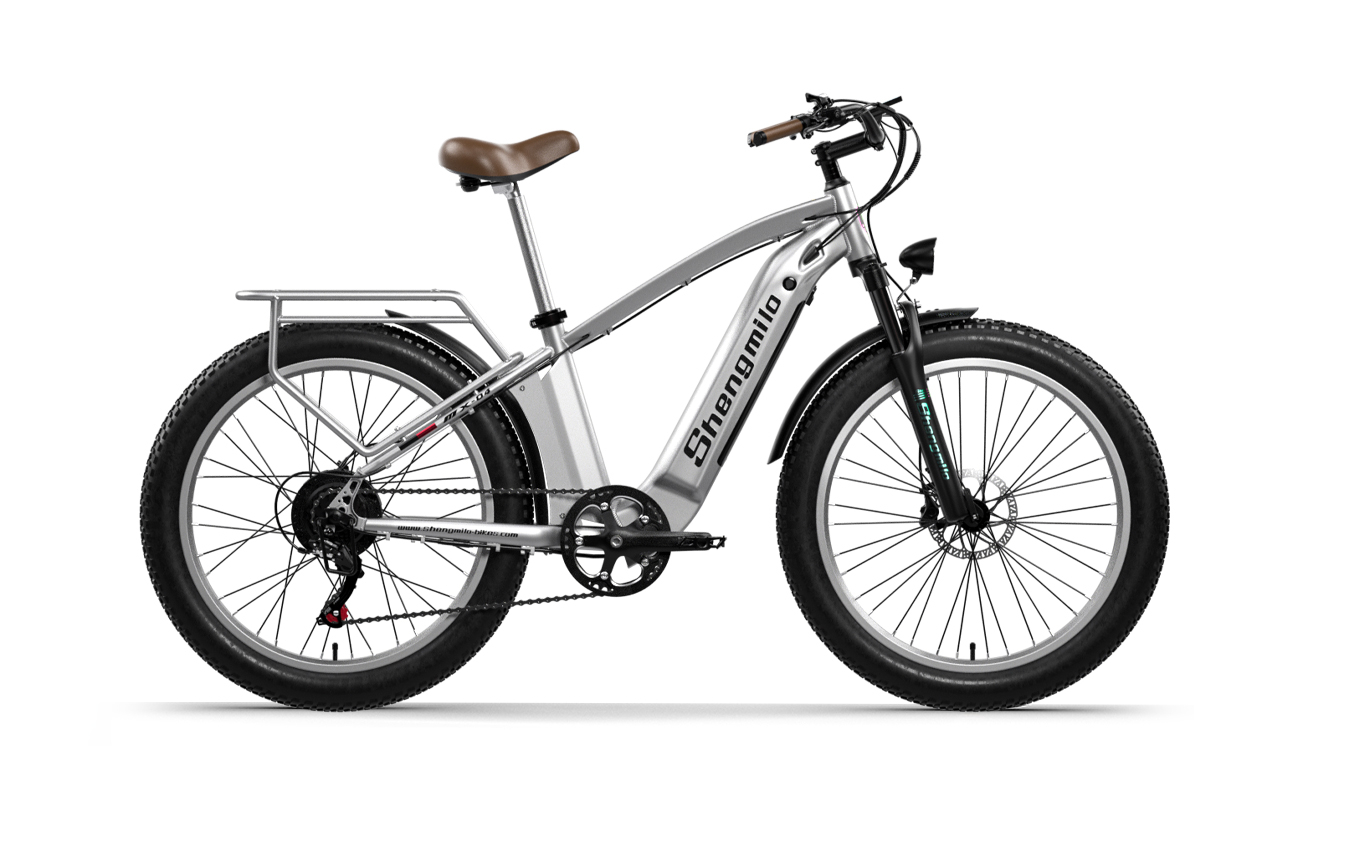
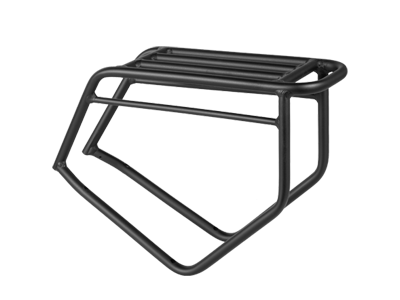
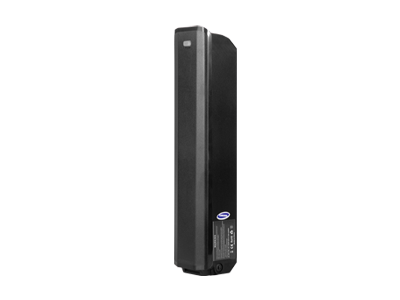
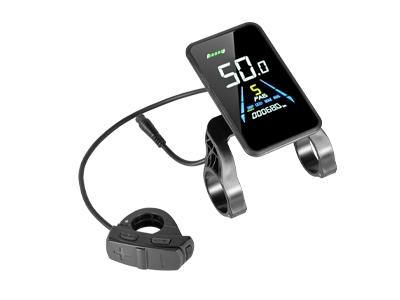
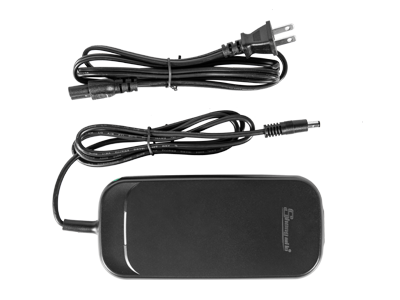
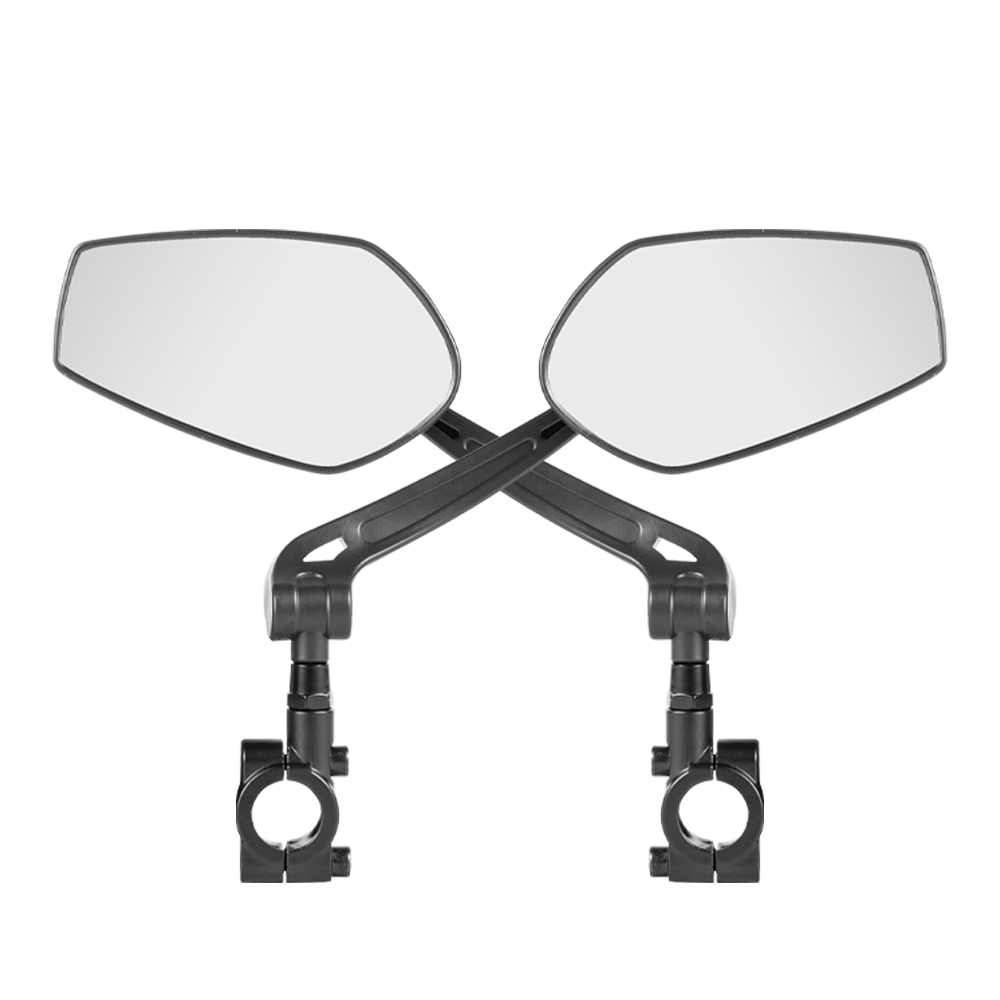
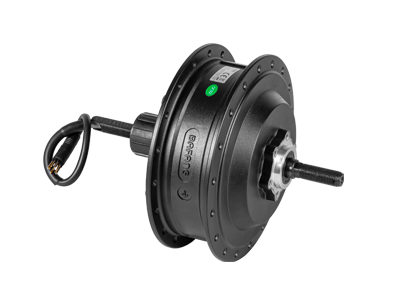
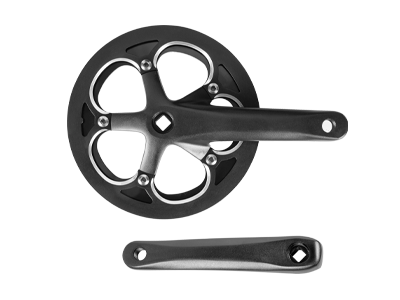
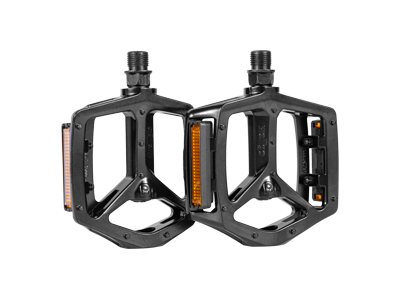
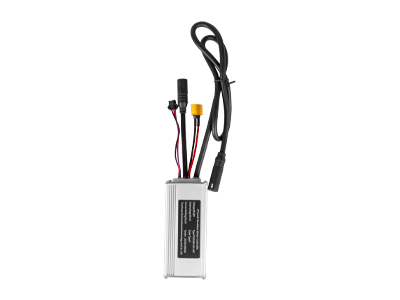
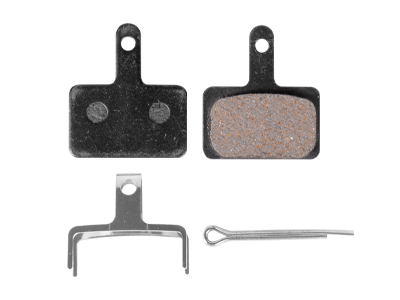
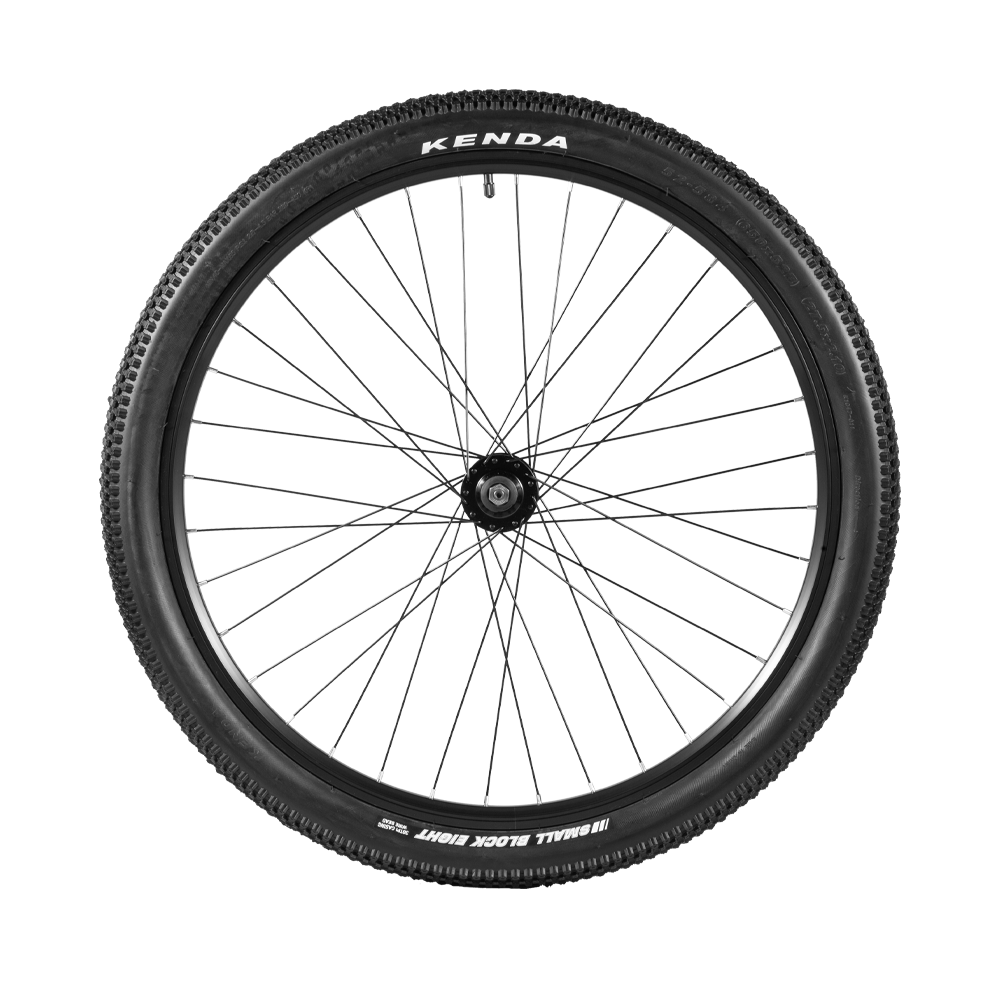



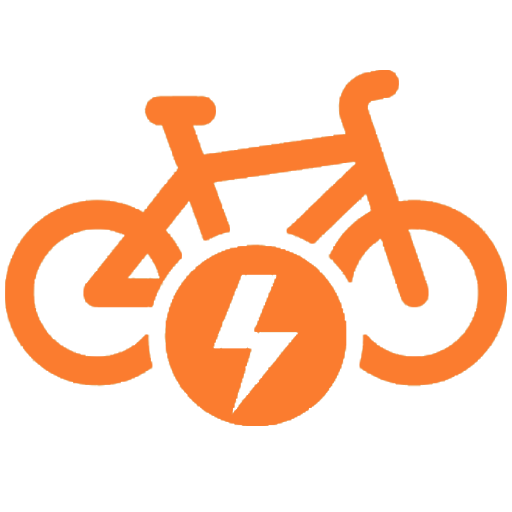


Leave a comment